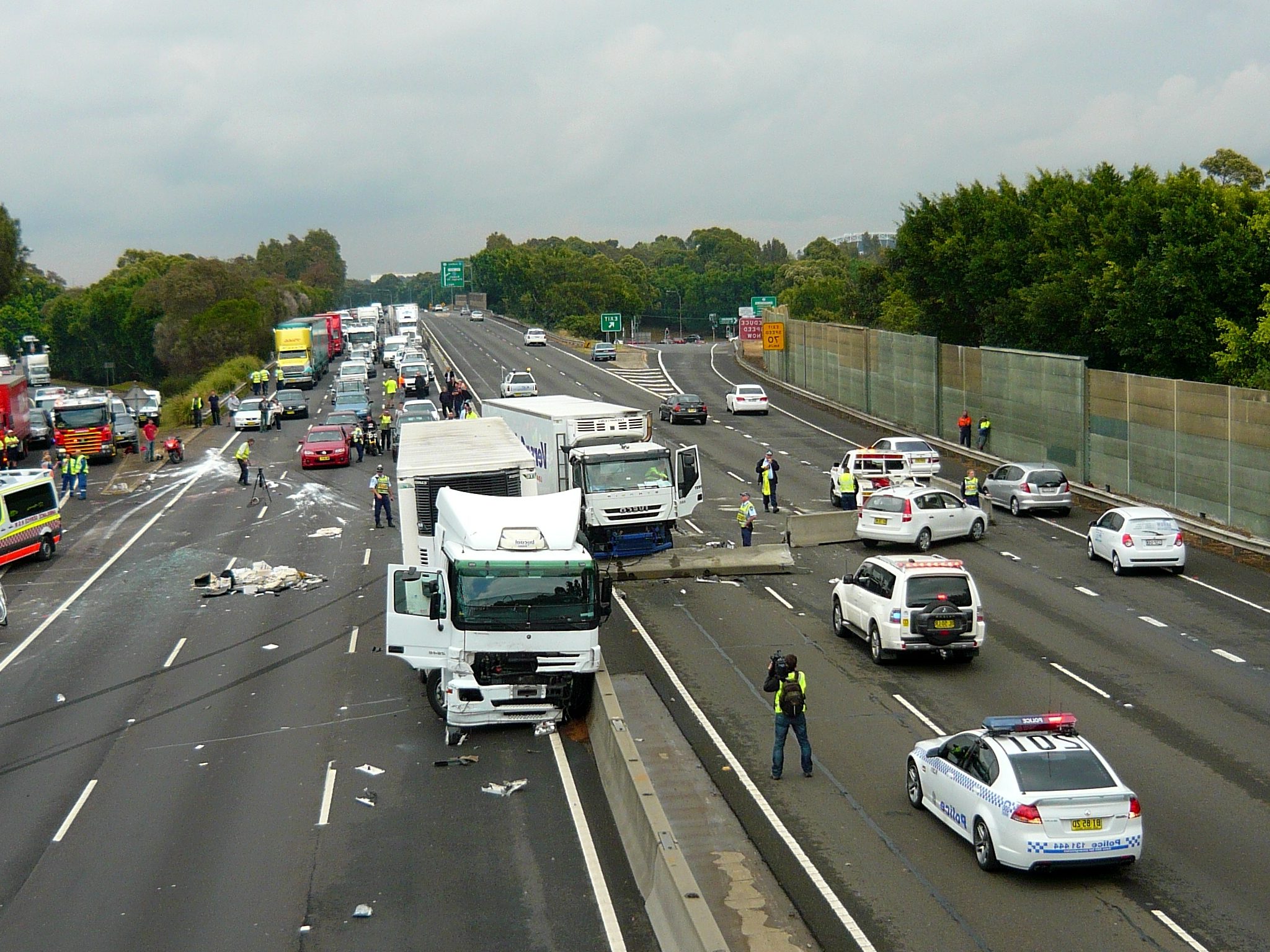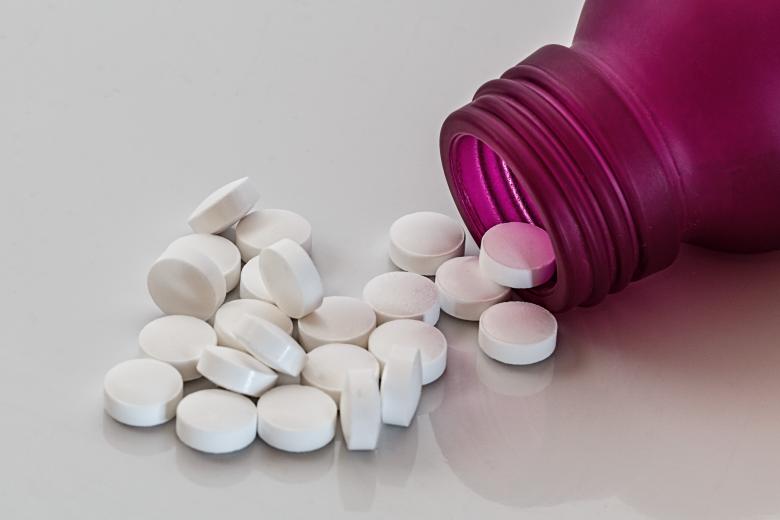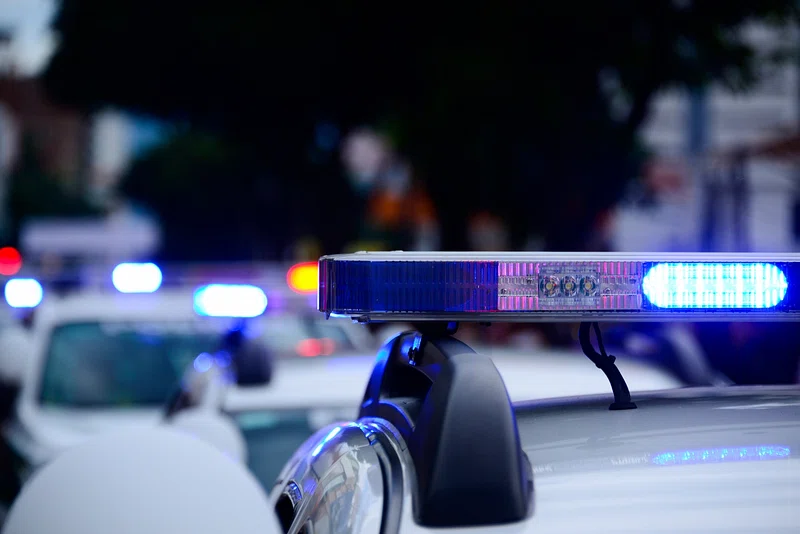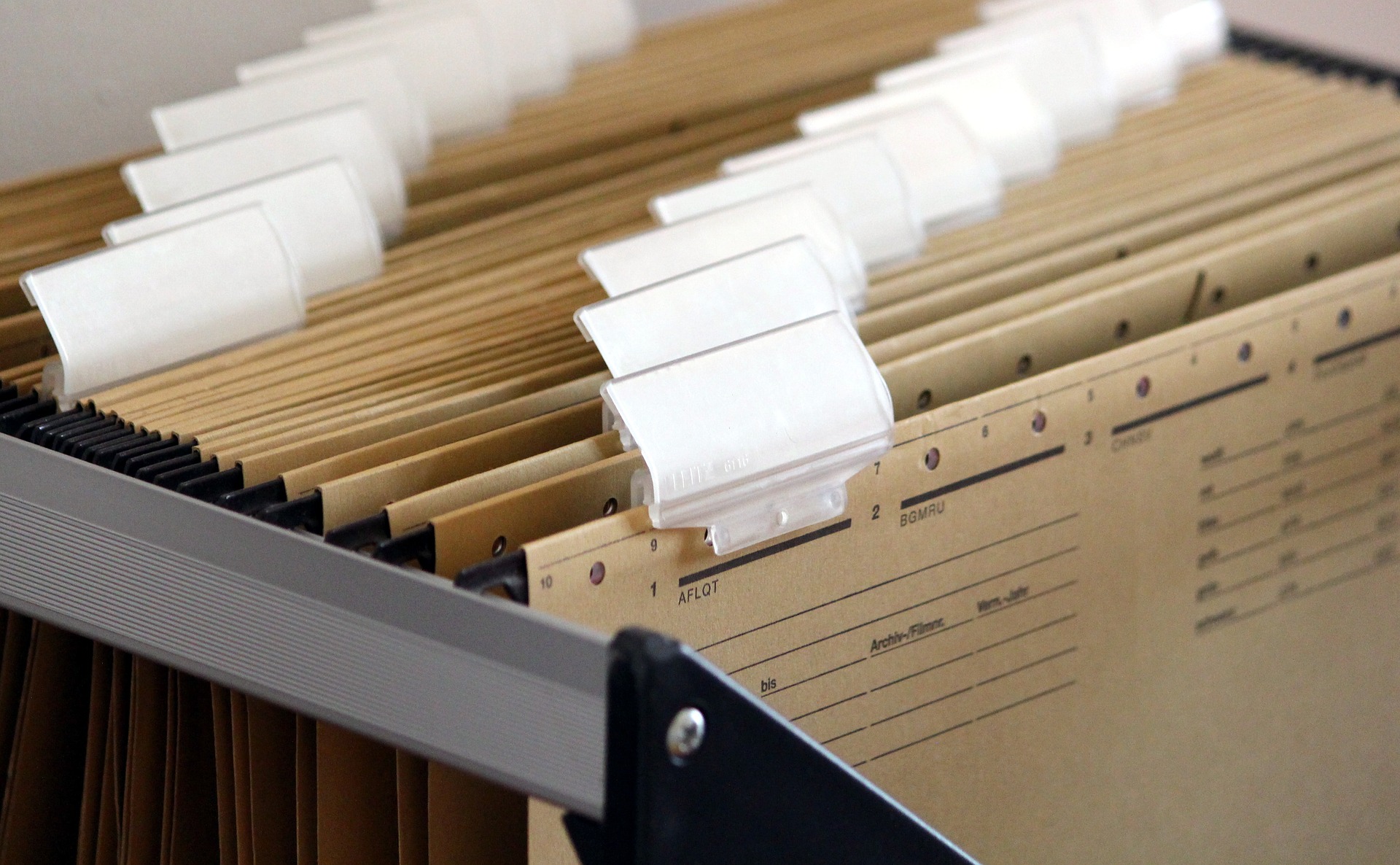Car accidents are not always an ordeal involving just two vehicles — multiple drivers can be involved, regardless of fault. A chain reaction car accident occurs when one vehicle striking another leads to a domino effect of several collisions involving several cars, all from the same underlying incident. For example, Car 1, Car 2, and Car 3 are all stopped at a red light. For whatever reason, Car 4 collides with the back of Car 3, which hits Car 2, which ends up hitting Car 1. Upon initial review, it may seem like a fairly clear scenario: Car 4 is solely at fault because they are the car that started the chain reaction.
Unfortunately, it’s rarely that simple. There could be several other factors at play that played a role in the multiple collisions that started with the initial wreck.
For example:
- Car 2 and Car 3 could have been idling too close to the cars ahead of them while stopped at the red light.
- Cars 1, 2, and 3 could have been slowly moving forward when the accident occurred.
- A fifth car could’ve swerved into the lane of Car 4, causing them to swerve and hit Car 3.
Situations like any of the above can complicate determining fault if you’re injured in an accident, which jeopardizes your receiving of fair compensation for your hospital bills, car damages, pain and suffering, etc.
Contributory negligence in chain reaction cases
Oklahoma has what’s known as a comparative negligence law that allows a person to receive damages even if they were partially at fault in a chain reaction car accident. However, they can only receive those damages if they are less responsible than the combined contributory negligence of the other drivers involved.
Here’s another example scenario: Let’s say Car 4 was texting and driving, but you were driving Car 3 and idling within a few inches of the car ahead of you. If the case went to trial, a jury would likely determine that both drivers are partially responsible — Car 4 for texting and Car 3 for not leaving enough room between Car 2.
So, in this case, the jury could determine that you shoulder 20% of the responsibility while the driver of Car 4 holds 80% of it, reducing your damage award by 20%.
And now for one last aspect that could be at play in this scenario: injuries. If you suffered a neck injury in the accident, you might have a case worth $100,000 against the driver of Car 4 that covers hospital and therapy bills, pain and suffering, and any income lost from missing work. If you were found to be 20% liable in the accident, you would receive 80% of the damages, giving you $80,000.
Multi-car accidents vs. two-vehicle accidents
It’s true that typical car accident cases involving two vehicles can end up quite complicated, but things get far more complex when other cars and drivers are part of a multi-vehicle collision case — especially in terms of the number of plaintiffs and defendants. Going off the initial scenario from earlier, any of the drivers (and passengers) in the accident could sue the driver of Car 4 for damages. If the owner of the car is different from the driver, they could be involved as well. Essentially, it’s all on the table. Throw in drivers from other states, and things get even more complicated, and that’s not even including other factors such as which insurance companies are responsible for certain claims, insufficient coverage, lack of insurance, defective auto components, road hazards, and so on.
Proving Fault in a chain reaction car accident
As you can see, proving fault in any car accident can be incredibly difficult and complex, leaving you exposed to missing out on damages rightfully owed to you or having the tables completely turned against you, even if the accident was clearly not your fault.
Your best course of action is to seek the representation of an experienced car accident attorney to handle the case for you.
If you’ve been involved in a chain reaction or multi-vehicle car accident, contact Overman Legal Group immediately. Our experienced attorneys will promptly get to work on proving fault in the case by taking a number of steps, including analyzing the damage to the vehicles involved, investigating the site of the accident, examining police reports, conducting discovery, and any other necessary actions that will aid in strengthening your case to ensure you get the compensation you deserve. Are you accused of being at fault for an accident? We can help with your defense as well.
Don’t leave your case in the hands of the insurance companies.




